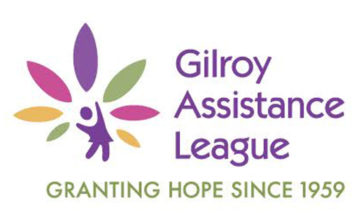County ranks lowest in air quality
By Betsy Avelar Staff Writer
Gilroy – There are more poor air days in Santa Clara County than in any neighboring county, according to the Bay Area Air Quality Management District, and there are more poor air days in the South County than any other area of the county.
During the hot, summer months of June and July, there were nine spare the air days in the Bay Area, and eight of those days exceeded the health based standard of ground level ozone, a smog and pollutant that irritates the lungs. Of those nine days, most of them where in South County where Gilroy saw two and San Martin five.
Ground level ozone is a key component of smog that is created when car exhaust is combined with chemicals from spray cans and other aerosols. Once the sun light and heat combine with these chemicals it creates ground level ozone.
“Air quality in the Santa Clara valley tends to reach unhealthy (levels) for sensitive groups, children, the elderly and those folks with respiratory problems on really hot days when air pollution concentration starts to build up,” said Luna Salaver spokesperson for the Bay Area Air Quality management district.
The organization divides the Bay Area into five districts according to their geographical location: North Counties, Eastern District, South Central Bay, Coast and Central Bay, and the Santa Clara Valley.
For seven years, the highest number of bad air days the county saw was nine. But, back in 1996, there was a total of 25 spare the air days and although the Santa Clara County is the fifth most populated in the state, the population factor is not as prominent as weather and geography.
Gilroy and San Martin are more prone to poor air quality because of the geography and the high summer temperatures that causes air pollution to stagnate, said Brooke Bingaman, meteorologist with the National Weather Service. When temperatures climb into the 90s and 100s, concentrations of ozone, a colorless poisonous gas, is most harmful especially in the valley.
“On hot days we have air that’s sinking, and it can kill off our wind,” Bingaman said. “If there is pollution, it gets trapped closer to the surface and it does not disperse.” Air quality is worse in Gilroy because the coastal winds cause pollutants from urban areas to accumulate in neighboring valleys in the South and East Bay.
A bad air day is determined when the air exceeds the federal standard for ground level ozone. This makes the lung tissue more sensitive, even though it’s harmful for everyone, it’s more harmful to children since they breathe more times per minute, and it affects the health of the elderly. The Bay Area Air Quality Management District uses 20 monitoring stations that measure air quality throughout the Bay Area.
Air quality is determined using the Air Quality Index (AQI), which measures specific amounts of pollution in the air based on federal air quality standards. Air quality is considered poor when the AQI reaches 101, a number unhealthy for sensitive groups, which signals the air district to call a Spare the Air Day, said Salaver, the agency’s spokesperson.
But there is good news. There is no record of “very unhealthy” air for decades, and air levels only reach the “unhealthy for sensitive groups.” On low quality air days, children, elderly residents, athletes, and those with respiratory ailments are encouraged to avoid excessive activity during the afternoon hours.
The Bay Area air quality district has the spare the air day programs which asks the public to make simple everyday clean air choices on those days.
“When air pollution levels are high he instructs his patients to stay indoors and not to exert themselves outdoors,” said Vivian Smith of M.D. George Green, Pulmanologist over an Internet interview.













